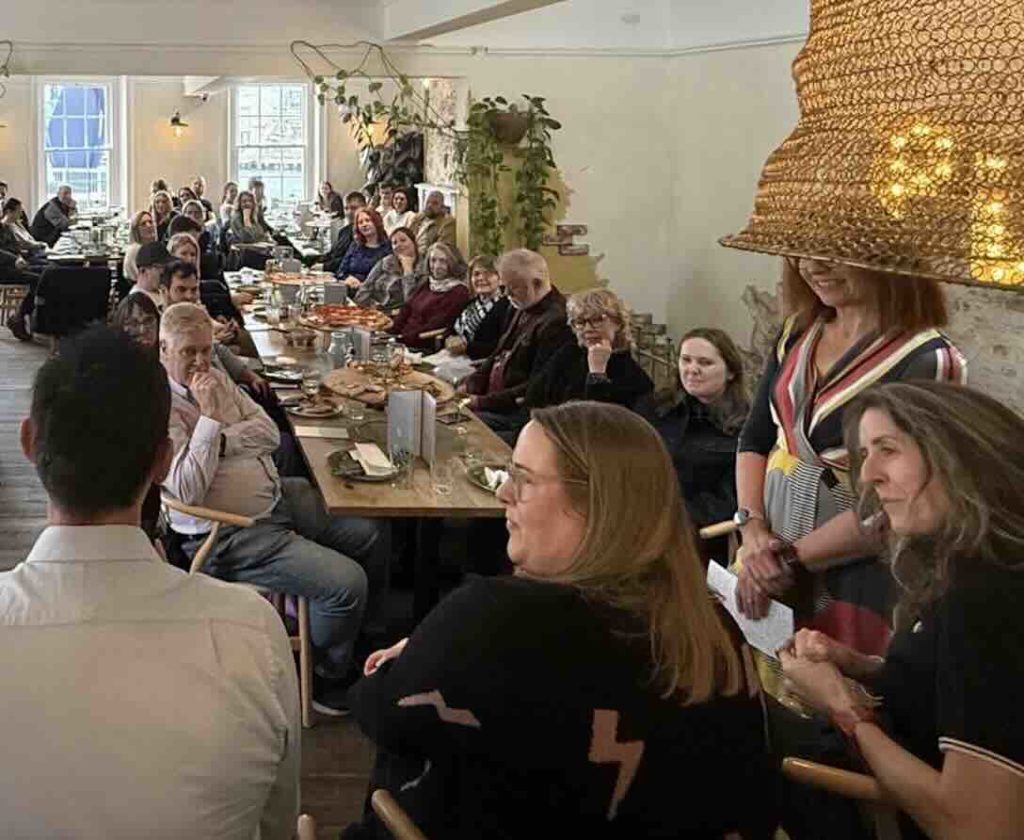Let’s learn and create together!
Book your placeHow To Get Your Newsletter Started And Keep Going
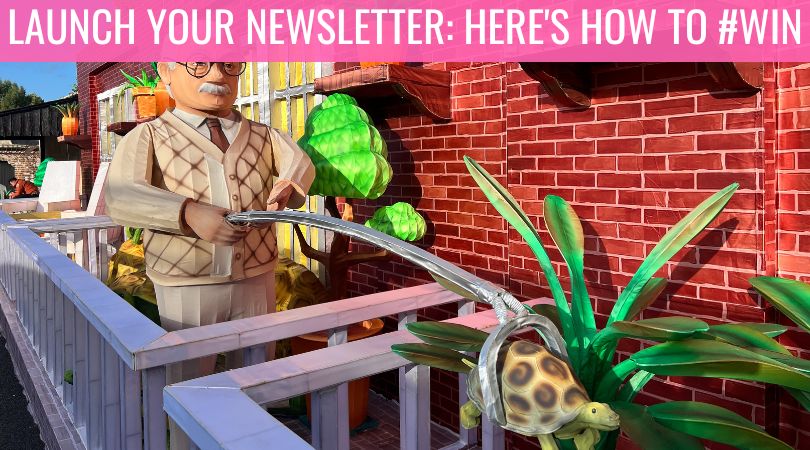
When you find a spark to create your newsletter and not stop, you will never look back.
It can be the heartbeat of everything you do. It’s how you keep in contact with others, it’s where you share fresh ideas, it’s where you test with your audience, and it’s where you can also give a platform to share others from your community.
This article is for you if you are thinking of starting. Or perhaps you have a newsletter and it’s not quite working out how you want it to.
This is about following a structure and keeping going. It’s finding your pulse first before you think about audience growth. Look at it this way, it’s better to know that you’re not going to run out of steam than know that you’re disappointing people if you give up after a few months.
I started the YATM newsletter in October 2013 and today it represents something that is more in tune with others than when I started. It’s this ability to grow alongside your audience that enables you to produce work that can be an appointment in someone else’s week. What gives me the most satisfaction is that I own the relationship of the database.
Let’s break this down in terms of i) the part you play ii) what you want to get out of it and iii) three types of newsletters that you can form and develop (based on experience).
The Part You Play
It helps when you understand the role you are going to serve others. This is the opposite of a newsletter where all you are doing to do is promoting your business.
Read this article on defining your values. When you find curiosity with a topic/theme that you cannot stop or a worldview that brings people together, this is where you start to look at the world with a much wider lens. What hampers so many creators and businesses is when they look specifically at their skillsets/industry, what happens is that they deliver what everyone else does.
Let me share with you an example. A recruitment company can share everything related to getting a job, but then again, so do many other businesses. What starts to separate are the values and beliefs that become central to how the company operates. For instance, it could be the role of connecting people or knowing that working as a team is more rewarding than working in isolation. What happens is that this opens up a much wider curiosity about relationships, overcoming challenges and a shared sense of reward.
Let’s bring this back to the newsletter. You don’t need to produce a newsletter if it’s not going to keep you enthused and motivated. Having a curiosity is what keeps you here for the long term.
Industry = skillsets
Curiosity = longevity
BLEND THE TWO TO FIND PERSISTENCE
What Do You Want From It?
You can’t start a newsletter because you see others do it. If you do that, you’ll give up sooner rather than later.
It comes down to these reasons, what’s yours?
1. You want to be resourceful with your marketing. A reason I started the YATM newsletter was from being in a very tough place. A client had turned into a bad debt and I had to write off £40k. It left me in vulnerable and had to think resourcefully. How could I start something where the investment was time over money? A newsletter was my answer. I just kept going.
2. You want to grow your audience. This means you prefer to address people directly, rather than reaching out via DMs on social. Growing your audience, means that over time you can start to try out new ideas with them. It could be starting to bring your voice into work and grow with confidence. As your audience grows you have a better opportunity to reach out and ask them to join in with initiatives you want to develop.
3. Build sales. Whilst this article is not about how your newsletter as a primary vehicle to sell more products/services, over time, you can introduce what you do, when trust is established. 80% of the YATM newsletter is on value and information and 20% is on driving people to commit.
4. You want to build your authority within your marketplace (personal brand goals). This provides the ideal place to test and grow, where you have full control. People send their email to receive more from you and it is your responsibility to deliver insight, knowledge, personality and perspective. This is what can make your newsletter a powerful medium to build credibility, familiarity and others to recognise you. Your overall newsletter topic is what can establish you and be a continual place to draw people where you solve interesting problems.
When you know what you want, can you say….
My newsletter helps (WHICH AUDIENCE)
With (A SOLUTION)
By (WHAT YOU’LL DO)
For me…
YATM newsletter helps small businesses and people who want to be self-sufficient with their marketing
With a focus on how they can build their own space and audience.
By sharing a main message each week, supported by ways for people to get involved.
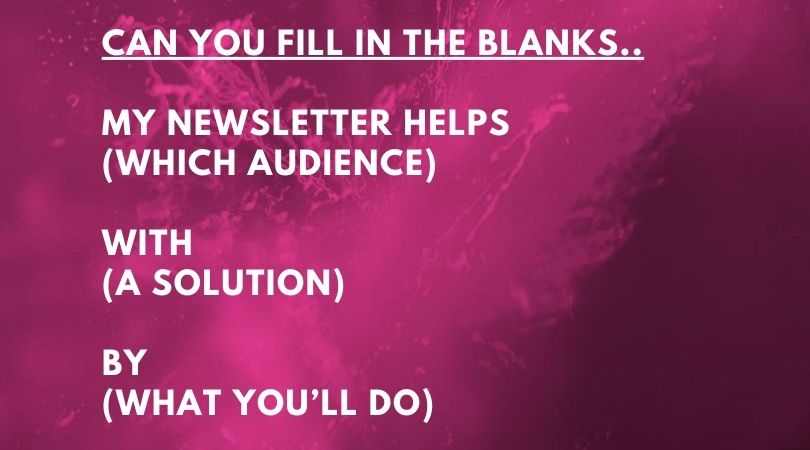
Three Types Of Newsletter To Produce
Let me share three types of newsletter that I have used and how I see the benefits and challenges of each format.
Story/Article Led
This is where you share your ideas. It is 100% you and your thoughts.
It’s where you lead from the front and draw people in with your reputation and then your subject line.
For the YATM newsletter, I have always led with a main article for people to read where the entire article is visible. The reason I do this is so people don’t have to click away to read. However, other people take an excerpt and then invite the reader to read the full article.
This just makes the whole email look more succinct and neatly wrapped. This is something that Ellen Donnelly does well with The Ask, where there is a natural pause that invites people to click.

Benefits of A Story Led Newsletter – this helps with your positioning, not just for others, but for yourself. The more you produce, you start to find a flow, in terms of feeding your curiosity and sparks from one article leading to another. The longer you keep going with your own stamp, trust grows.
Challenges of A Story Led Newsletter – you have to put the time in to create that is thoughtful and your perspective (if you have a schedule of topics you want to delve into, it makes it easier). It can be time consuming, not in the newsletter creation but the writing.
Curated Newsletter
This is a collection of links that highlights the work of others, that is relevant to your industry.
The difference between the story newsletter (1) is this represents ideas from other people, whereas the other is ideas from yourself.
A good example of this is Josh Spector’s For The Interested newsletter (every Sunday). It’s a collection of articles, audio and video from around the web that relates to creation and Josh shares his own, quick summary. The email is simple, it’s text led but is relevant to anyone interested in audience growth.

Benefits of A Curated Newsletter – the links you share help solidify your approach within the marketplace. It makes what you do relatable as you are continually documenting what is happening around you. It also enables you to get straight to the point with specific information for your subscribers.
Challenges of A Curated Newsletter – the spotlight is on the work and voice of others, it can take away from your own interpretation (so adding your summary is important). There needs to be a clear connection between your approach and how what others share validates your mindset and approach. You also put other people’s work ahead of your own. Finally, you can’t slip into bad habits where you just become a content aggregator and few get to know who you are.
Magazine/Community Newsletter
This is a blended version where you share the work of others as well as leading with your views enables you to provide a lot of value to your audience. Even better, you encourage others to get involved. It starts to become co-created.
This is now the approach I take with the weekly YATM newsletter, where I recognised that it doesn’t all have to be on you.

Since the start of the lockdown in spring 2020, I reached out to others from the YATM community to start the newsletter. It’s called the YATM takeover, where someone else gets to say hello and invite others to connect on LinkedIn or take a look at what they do.
Community building is about having something that can form its own identity, is independent and able to aggregate people. It’s about others getting involved. For instance, rather than companies advertising for jobs, we flip it and put people looking for their next move.
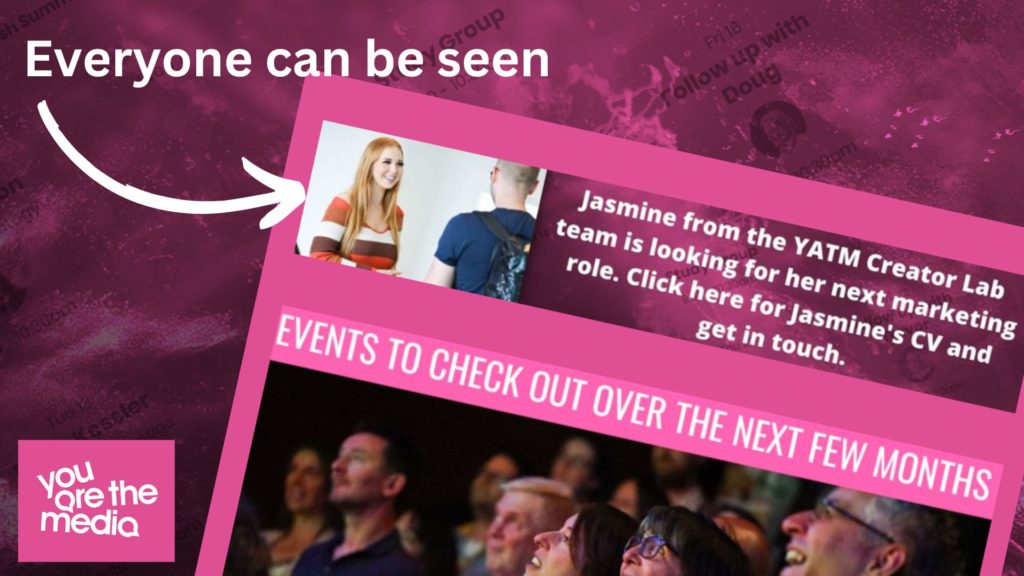
The focus is still on a central message, but rather than a newsletter, it becomes akin to a magazine. By this, an editorial layout that you keep to each week.
There are different sections in the YATM newsletter. It also includes events that are happening, work from others and even a section that is completely unrelated that is just to waste five minutes with each week called ‘Time Wasting.’
Benefits of a community-led newsletter – it can become a medium that everyone recognises they have a role to play. It could be a mention in an article, it could be saying ‘hello’ at the start. By having a set structure for your newsletter, it becomes an easier path to follow each week, where you have sections to fill each week. This helps familiarity with your audience, where they know what to expect.
The involvement becomes the group rather than just you. For instance, for the YATM Takeover, I reach out to someone from the community, with the three questions they need to answer and ask back by 5pm each Monday.
Challenges of a community-led newsletter – this can take time to collate and put together, particularly if you are relying on others to contribute. You just need to be disciplined with time and not ask for everything at the last minute. It has to become a part of your week, which you dedicate time to put together. If it also includes a main article with your thoughts, you have to be focused. The community newsletter works best when you know your audience is already there, ready for you.
The Features That Bind Everything Together
Whatever your choice of format, this is what makes a difference to others and also your commitment to making a newsletter a huge success.
Provide value to gain loyalty. People need to see a point of view they cannot find elsewhere.
Be timely and in the moment. If you make a promise to be weekly, stick to it. If you need a break, let your audience know and the date you’ll be back.
Give inside information. Share exclusives that people can’t get anywhere else. I have tried out free tickets for the local theatre, through to listening to podcast episodes before they are published.
Provide an open invitation for people to reach out. Always share your email, never be office@ or donotreply@ You recognise over time, that it is you people come for, not a subject line
Speak to a single person, not a room. When you talk to the reader they know it’s for them. You have to form a relationship with others, this strengthens the bonds you can make
You don’t need big words. To be seen as a trusted person in your industry, being down to earth will always go in your favour. You don’t need industry rhetoric or share complex theories to look important.
The tone you use sets the stall out for everything. This is about being helpful to your audience, even asking for feedback and participation when needed. It works, people can see you care.
No need to wish for a huge audience. Building an audience takes time, start with the people who are already familiar with you and reach out to them. From clients to peers, it is easier for them to say ‘yes.’
I’ll leave this section with a further addition from Kyle Campbell (it’s all about co-creation, right).
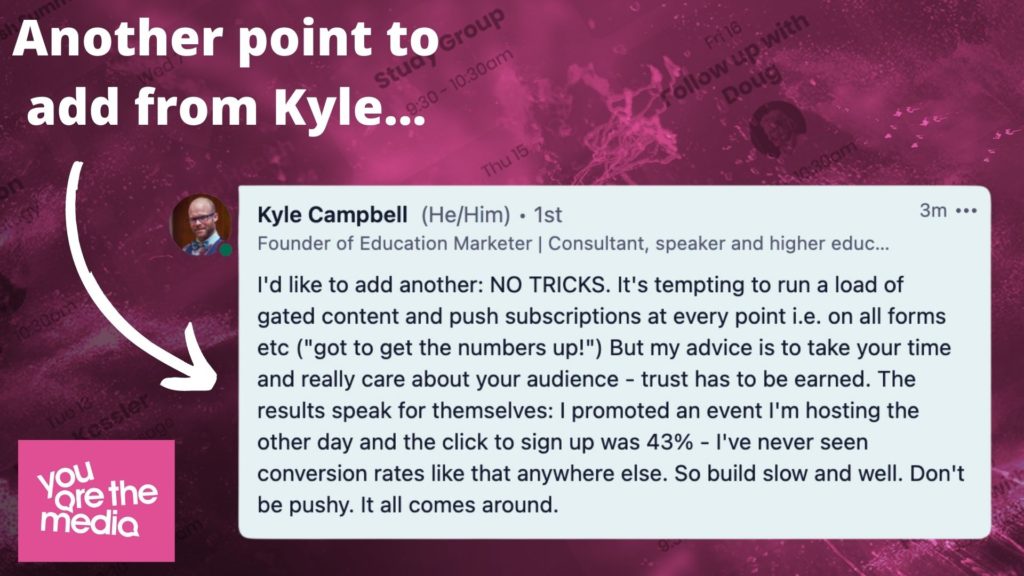
Let’s Round-Up
When you figure out what makes sense to your audience, you can steer them with an ongoing newsletter that you come back to. When others can see the enthusiasm you bring, it becomes infectious.
Creating your own newsletter is not just about being in someone else’s inbox, it can be much more substantial. It’s about transparency, commitment and appealing to that softer side (it’s you being in front of someone else). We have so many options to switch from place to place. How can you capture commonality and connection with others, at the same time as attention?
Being a part of someone else’s week, where you direct the initial ‘hello’ and ‘I made this for you,’ can take your work to places you never thought was possible. All it needs is your will to dig deep and work alongside those who step forward with you. It feels good when others are ready to welcome you.
Build Your Community
A brand new programme from Mark Masters for businesses wanting to make that next growth step.
Find out moreYATM Club
Where non-conformist business owners come to work, learn and make friends. Click here
